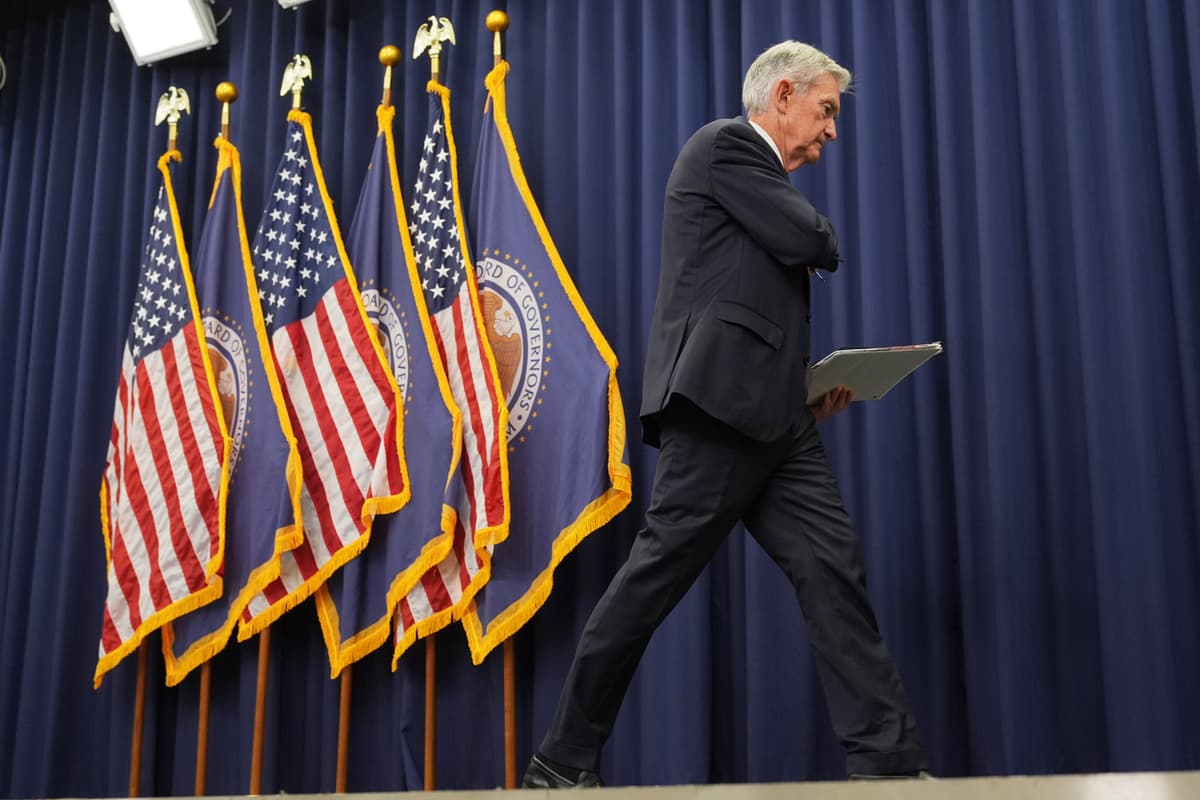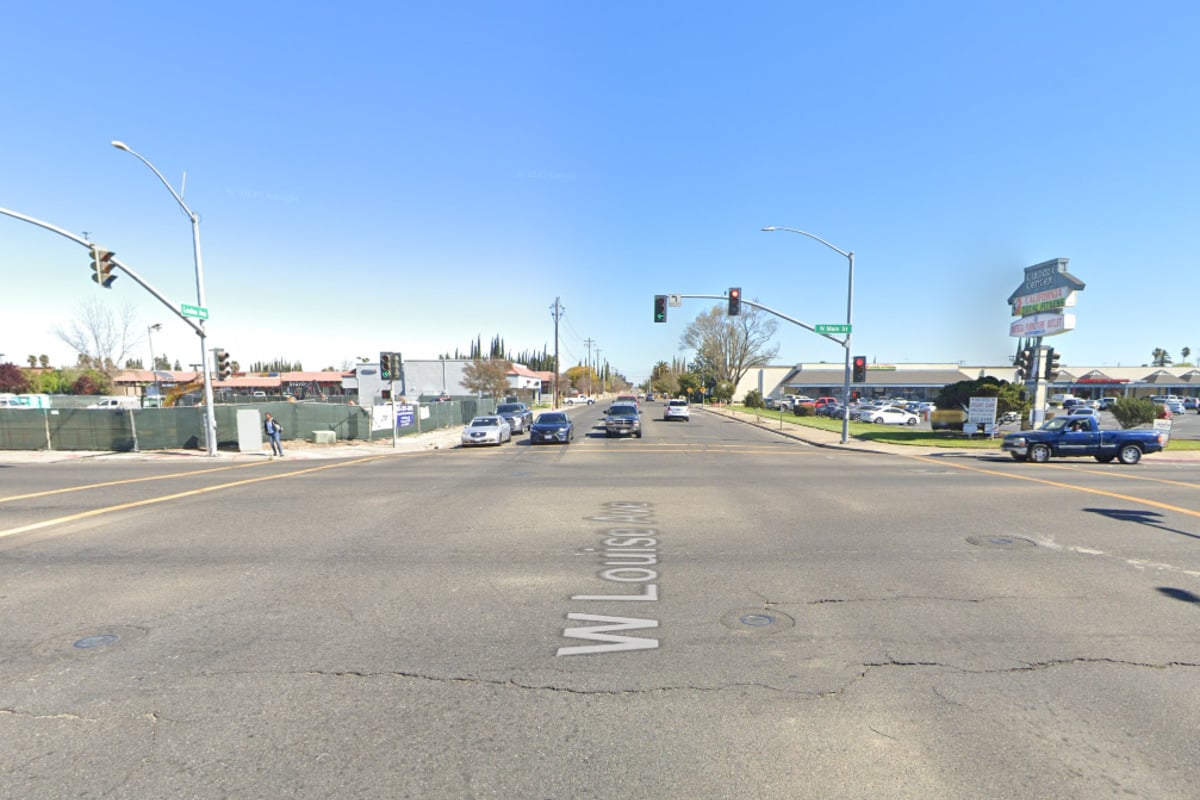UPDATE: Federal Reserve officials are clashing over monetary policy, creating uncertainty around a potential rate cut in December. What was once seen as a near certainty now faces considerable doubt following a 10-2 vote at last week’s Federal Open Market Committee meeting, where opposing views among Fed members were made clear.
During the meeting, newly appointed Fed Governor Stephen Miran advocated for a larger half-point reduction, while Kansas City Fed President Jeffrey Schmid opposed any cut at all. Fed Chairman Jerome Powell acknowledged the divide, stating that a December rate cut is “not a foregone conclusion.” This rift has sent markets spiraling, with analysts now pricing in only a 65 percent chance of a rate cut next month, down from over 90 percent prior to Powell’s comments.
The ongoing debate is centered on how the Fed should navigate a weakening labor market against persistently high inflation. Compounding this challenge is the current government shutdown, which has halted the release of crucial economic data. Miran emerged as the Fed’s most dovish voice, urging further rate cuts to bolster the labor market. He stated, “I think policy is too restrictive and that we’re too far above where neutral rates would be.” His remarks follow data revealing that U.S. companies added 42,000 jobs in October, exceeding expectations and reversing a decline from September.
Despite Miran’s optimism, a growing faction within the Fed is adopting a more hawkish stance. Dallas Fed President Lorie Logan, Cleveland Fed President Beth Hammack, and Atlanta Fed President Raphael Bostic have all expressed concerns about easing monetary policy while inflation remains elevated. Chicago Fed President Austan Goolsbee echoed these sentiments, admitting he is “nervous about the inflation side” as it has been above target for over four years.
In a nuanced position, Governor Lisa Cook emphasized the tension between the Fed’s dual mandate of maximum employment and stable prices, stating that keeping rates too high could severely damage the labor market. She described the upcoming December meeting as “live” for potential rate cuts but refrained from committing to one. Cook countered Powell’s suggestion that the government shutdown necessitated caution in decision-making, asserting that the Fed utilizes a variety of data to assess economic conditions in real-time.
San Francisco Fed President Mary Daly also weighed in, labeling last week’s cut as “insurance” against labor market vulnerabilities while remaining open-minded about December’s policy direction. “It would be an unfortunate outcome if we get inflation to 2 percent at the cost of millions of jobs,” she warned, underscoring the delicate balancing act the Fed faces amid competing risks.
As the December meeting approaches, all eyes will be on the Fed’s actions and statements. Market participants and economists alike will be watching closely for any shifts in policy that could have significant implications for the economy and the labor market. The current uncertainty highlights the urgency for the Fed to navigate these challenges effectively, as the ramifications of their decisions will resonate throughout the economy.







